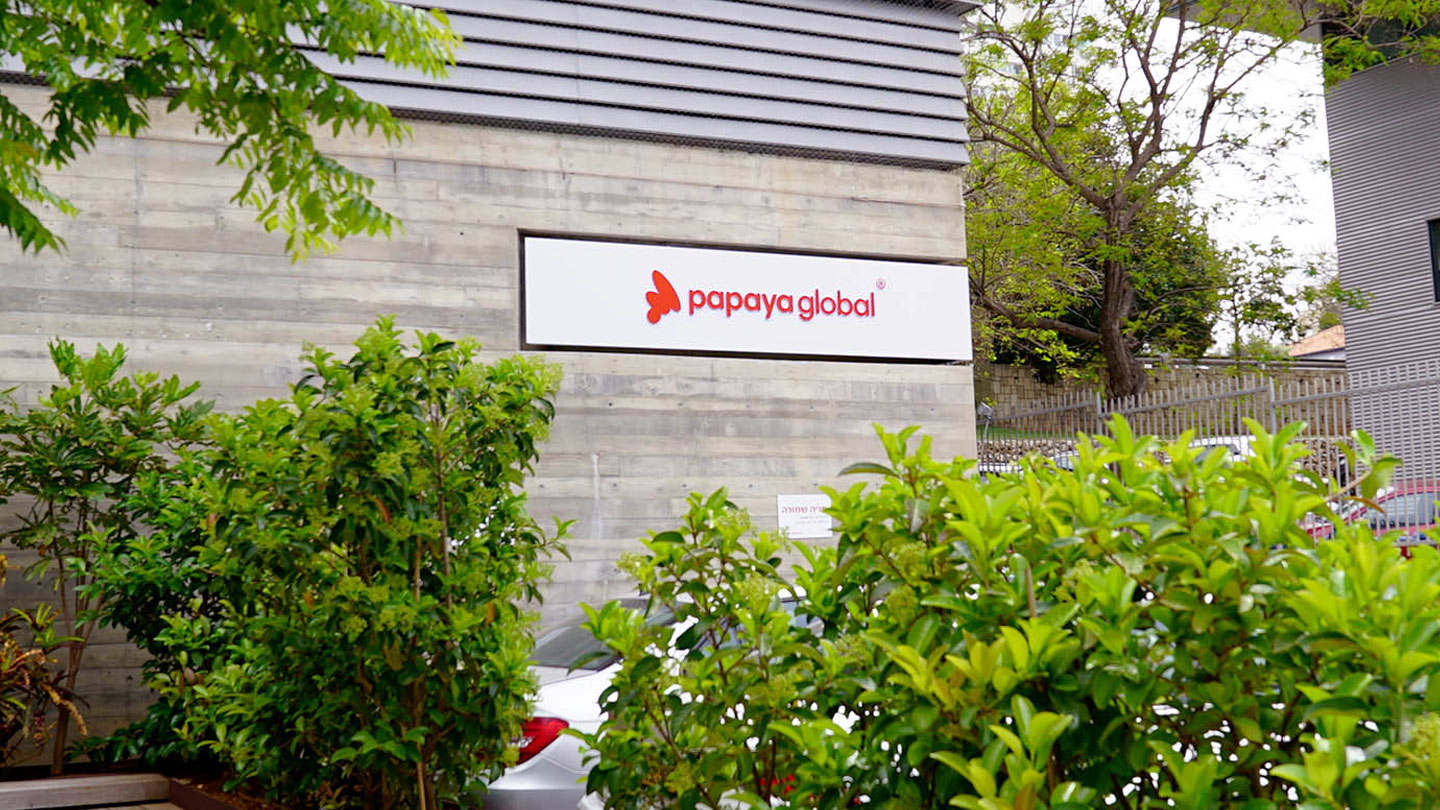
3 min read
Key takeaways
- With rising interest rates, a dollar borrowed incurs more debt than it used to, and a dollar invested carries a greater yield opportunity than it used to. In this rate environment, maximizing corporate cash and working capital are especially important for organizations.
- All teams performing financial functions—including accounts payable teams—need to think strategically to maximize their contribution to the organization.
- Through process excellence, value-adding relationships, and payments execution, accounts payable teams can help their organizations optimize working capital.
Corporate cash is more valuable and external debt is more expensive than they’ve been in over a decade. The opportunity costs for trapped cash have prompted many leadership teams to focus on effective cash management and working capital optimization.
Accounts payable can play a strategic role in enhancing working capital to deliver bottom-line impact for the organization.
Streamline payments processes
Before it can take on a strategic role and collaborate with other teams, accounts payable must prioritize process improvement. Accounts payable teams should regularly review their processes and strategy to not only make sure they align with organizational goals but operate efficiently.
Investing first in processes and improved workflows can help yield the best return on investment. Accounts payable teams can start by streamlining manual tasks such as data entry, invoice processing and payment scheduling.
Teams can also make payables processing more efficient and improve working capital optimization by using:
- Electronic workflows: Executing payment instructions via connected, electronic workflows can reduce errors, prevent duplicate payments and reduce fraud risks. Connected workflows can also cut down on processing time to create faster payment cycles, which gives treasury more options to grow working capital.
- Early discounts: Accounts payable teams need to work quickly; the more efficiently the team can work, the more likely it is the organization can take advantage of discounts to improve working capital and overall costs.
- Meaningful metrics to drive improvement: Treasury should set meaningful metrics to measure current performance, then define what the future state should look like. Teams can use dashboards to monitor trends in real time, identify areas for improvement and track progress on its working capital influence.
Efficiently execute payments
Sending payments swiftly and seamlessly can help organizations using optimal payment instruments such as:
- Real-time payments: Many real-time payment instruments have increased their upper value threshold limits and typically offer a lower transaction cost than traditional wires. Because they can make these payments as close as possible to the due date, organizations can maximize the internal use of cash before they execute a transaction.
- Card payments: Teams can also use a physical card and a virtual one for payments to get larger rebates and extended payment terms, which can help unlock additional working capital.
Form value-adding relationships
Collaborating with internal finance functions and external vendors can help accounts payable teams demonstrate their value.
Grow internal relationships
Internally, accounts payable can encourage other departments to maximize their working capital contributions in several ways, including demonstrating its value to other finance functions and the organization as a whole.
By collaborating closely with procurement, finance and other internal stakeholders, accounts payable can generate valuable insights into organizational spend to help inform decision-making. For example, accounts payable can provide treasury with accurate data related to future obligations, treasury improve its forecasts.
Develop a strong relationship with procurement
Accounts payable should also collaborate with procurement to provide bottom-line value to the organization. The teams’ work together should include:
- Making client terms consistent: Consistent purchasing terms can help accounts payable maximize its use of trade credit, which can optimize working capital without impacting client relationships. Consistent terms should allow for flexibility to extend terms when appropriate. For example, organizations can offer early payment discounts to suppliers as an incentive.
- Consolidating and reviewing spending: Drawing on its established metrics, treasury can review spending across the organization and spot trends. For example, if several financial functions are spending a large amount with one supplier, the organization may be able to negotiate better terms.
- Applying vendor management best practices: Across the organization, financial teams should implement vendor management best practices, such as regular performance reviews. Likewise, payables can use technology to identify nonpreferred vendor spend, which procurement teams can use to further their missions.
- Enhancing supplier relationships: Using payment instruments in line with suppliers and other trading counterparties can provide organizations with a competitive advantage. Treasury teams can leverage the organization’s financial strength to provide additional support to its trading counterparties.
Enhance supplier relationships
External relationships–particularly those with suppliers—can create opportunities to optimize working capital. Accounts payable can enhance these relationships in several ways, including:
- Aligning its payment methods with counterparties: Using suppliers’ and other trading counterparties’ preferred payment methods can provide organizations with a competitive advantage. Adoption of these payment instruments can also support—and even drive—revenue generation.
- Providing adequate liquidity for suppliers: Treasury teams can leverage the organization’s financial strength to provide additional support to its trading counterparties. For example, off-balance sheet funding can inject liquidity into the supply chain. Likewise, supply chain financing can offer suppliers attractively priced access to liquidity ahead of agreed payment terms.
- Using electronic remittances: By offering the detailed information needed to swiftly reconcile payments, electronic remittances can enhance trading relationships and free up supplier credit.
We're here to help
There are many payables options that can help your organization reduce costs while increasing efficiency. The J.P. Morgan Corporate Treasury Consulting team can help you and your organization evaluate its working capital strategies and find solutions that best fit your needs.







